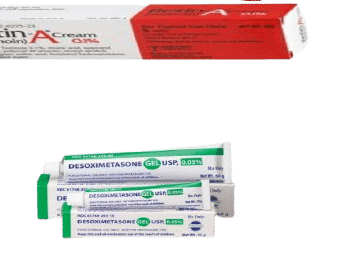Pharmaceutical gels are semisolid preparations that contain one or more medicines in a hydrophobic and hydrophilic base. Gels are made using suitable gelling agents, and may also contain antioxidants, preservatives, and stabilizers. When applying gels to large open wounds or severely injured skin, it is important that the gel is sterile.

Types of Gels In Pharmaceuticals:
Classification of Gels is Following:
- Controlled release gels
- Organogels
- Extended-release gels
- Amphiphilic gels
- Hydrophilic gels
- Non-aqueous gels
- Bioadhesive gels
- Thermosensitive sol-gel reversible hydrogels
- Complexation gels
- Hydrogel
Polymers used for the Preparation of pharmaceutical gels
The Polymers such as natural gum, Pectin, Tragacanth, Agar, Alginic acid, Carrageen, as well as synthetic, semi-synthetic materials like; MethylCellulose, Hydroxy methylcellulose, Carboxymethylcellulose, and the carbopols is used to prepare pharmaceutical gels. Gels are prepared by either a fusion process or a unique process required for a specific gellant.
The Difference between Gels, Jellies, and Pastes:
Gels: Gels are usually clear transparent semisolids containing solubilized active substances.
Jellies: Jellies are water-soluble bases prepared from natural gums or synthetic gums.
Pastes: Pastes are dispersions of high concentrations of insoluble powdered substances (20 to 50%) in a fatty or aqueous base.
Related Post: Inhalation Preparation
Standard Test for Gels in Pharmaceuticals:
1. Uniformity of Weight: The average net weight of the content of the ten containers is not less than the labeled amount, and the net weight of the content of any single container is not less than 91% and not more than 109% of the labeled amount.
If the labeled amount is 50g or less, or if it falls between 95.5% and 104.5% of the labeled amount and the labeled amount is more than 50g but not more than 100g, then the limit for contents given in the Standards of Weights and Measures (Packaged Commodities) Rules, 1977 may be followed.
2. Sterility Test: Shall comply with the specification if labeled as sterile.
3. pH: It should be within the specified Limit.
4. Viscosity: This shall comply with the specification.
5. Appearance: Shall comply with the specification
6. Homogeneity: Shall comply with the specification
7. Assay content: Shall comply with the specification
8. Any other in-house Tests.

Naresh Bhakar is the Founder and Author at Pharmaguddu.com, bringing his extensive expertise in the field of pharmaceuticals to readers worldwide. He has experience in Pharma manufacturing and has worked with top Pharmaceuticals. He has rich knowledge and provides valuable insights and data through his articles and content on Pharmaguddu.com. For further inquiries or collaborations, please don’t hesitate to reach out via email at [email protected].
